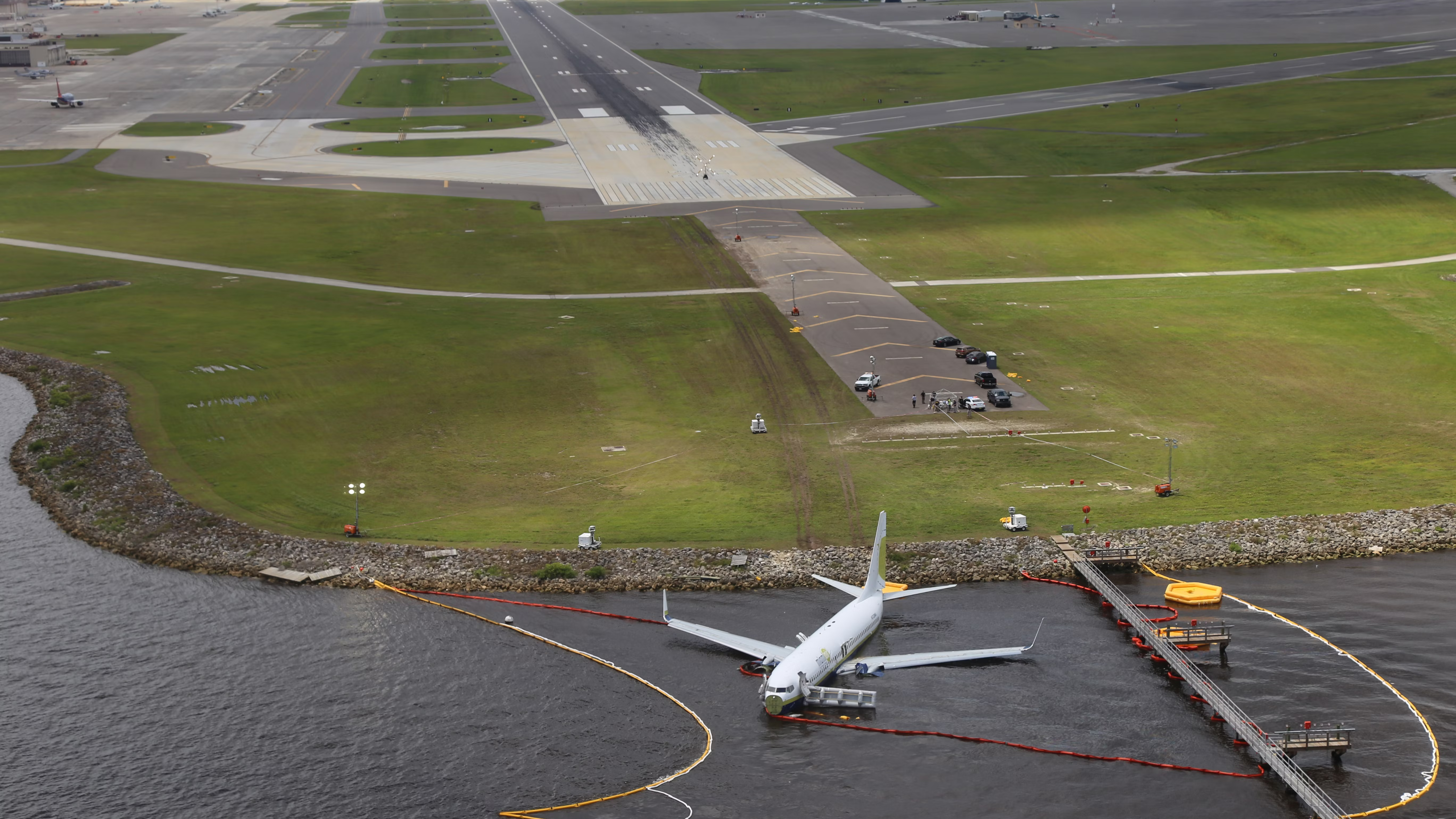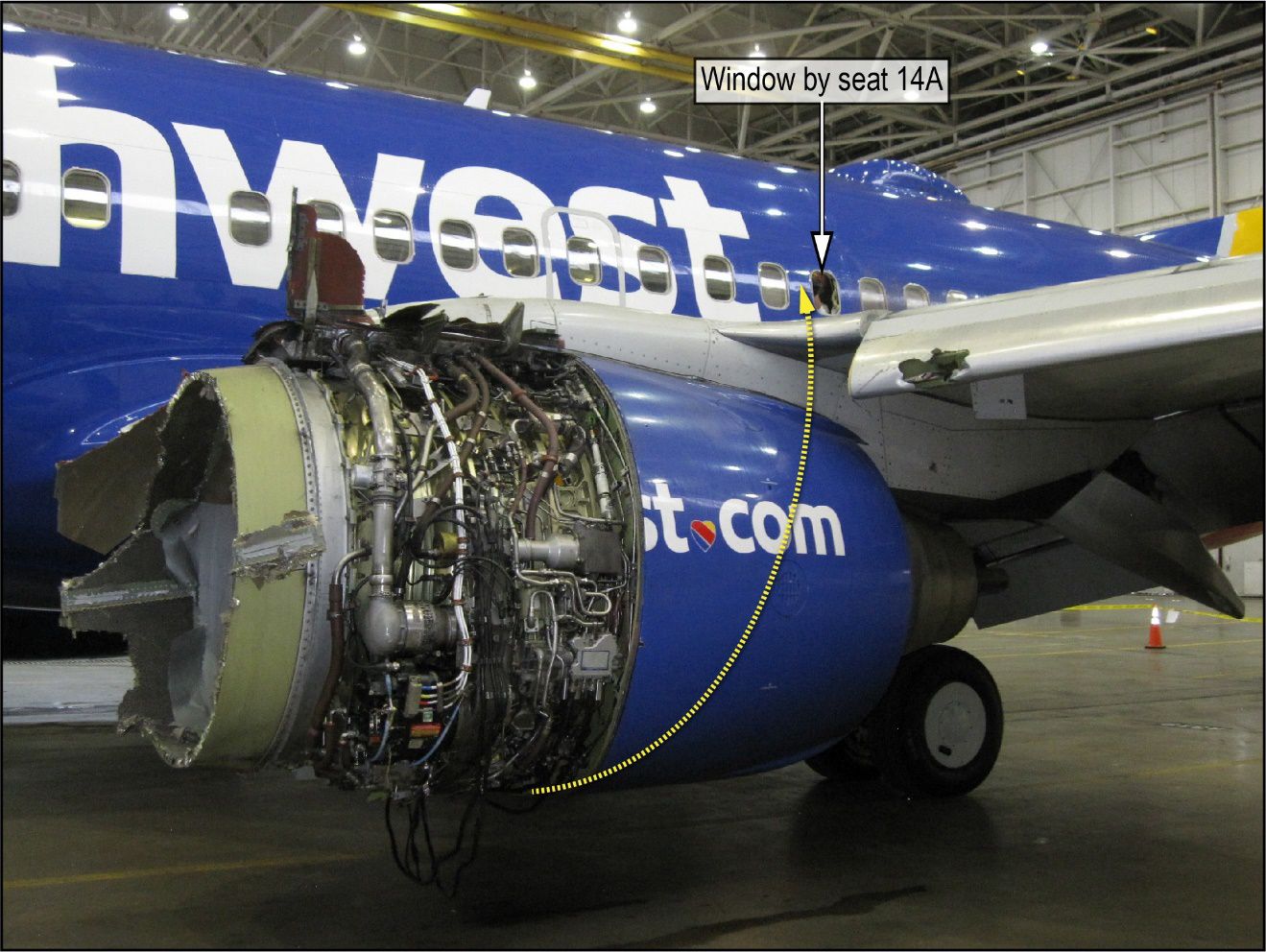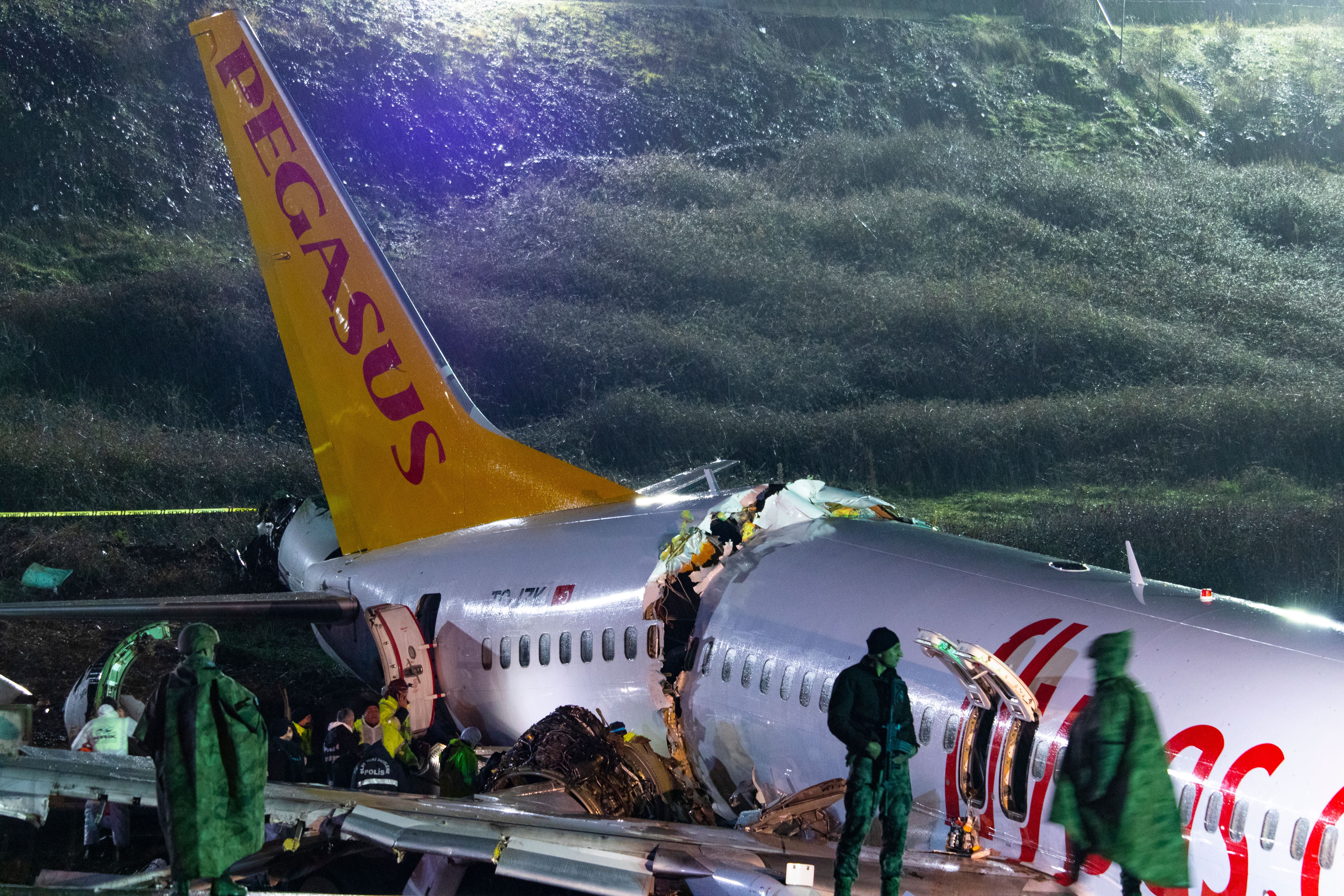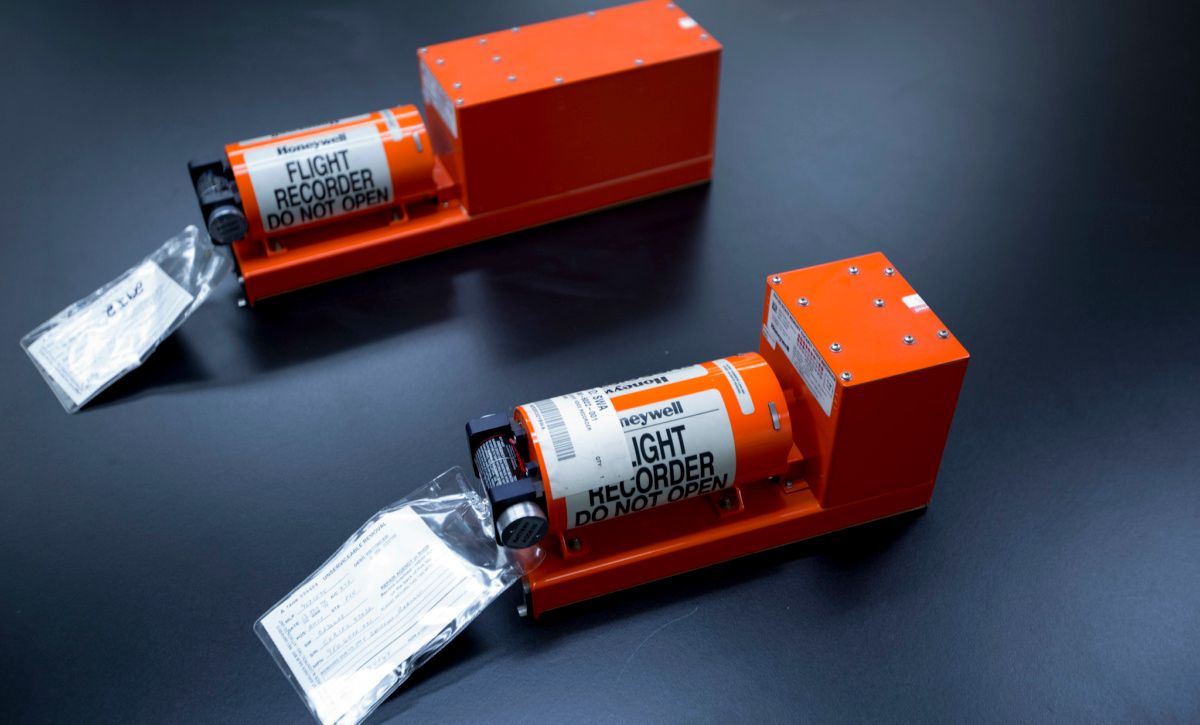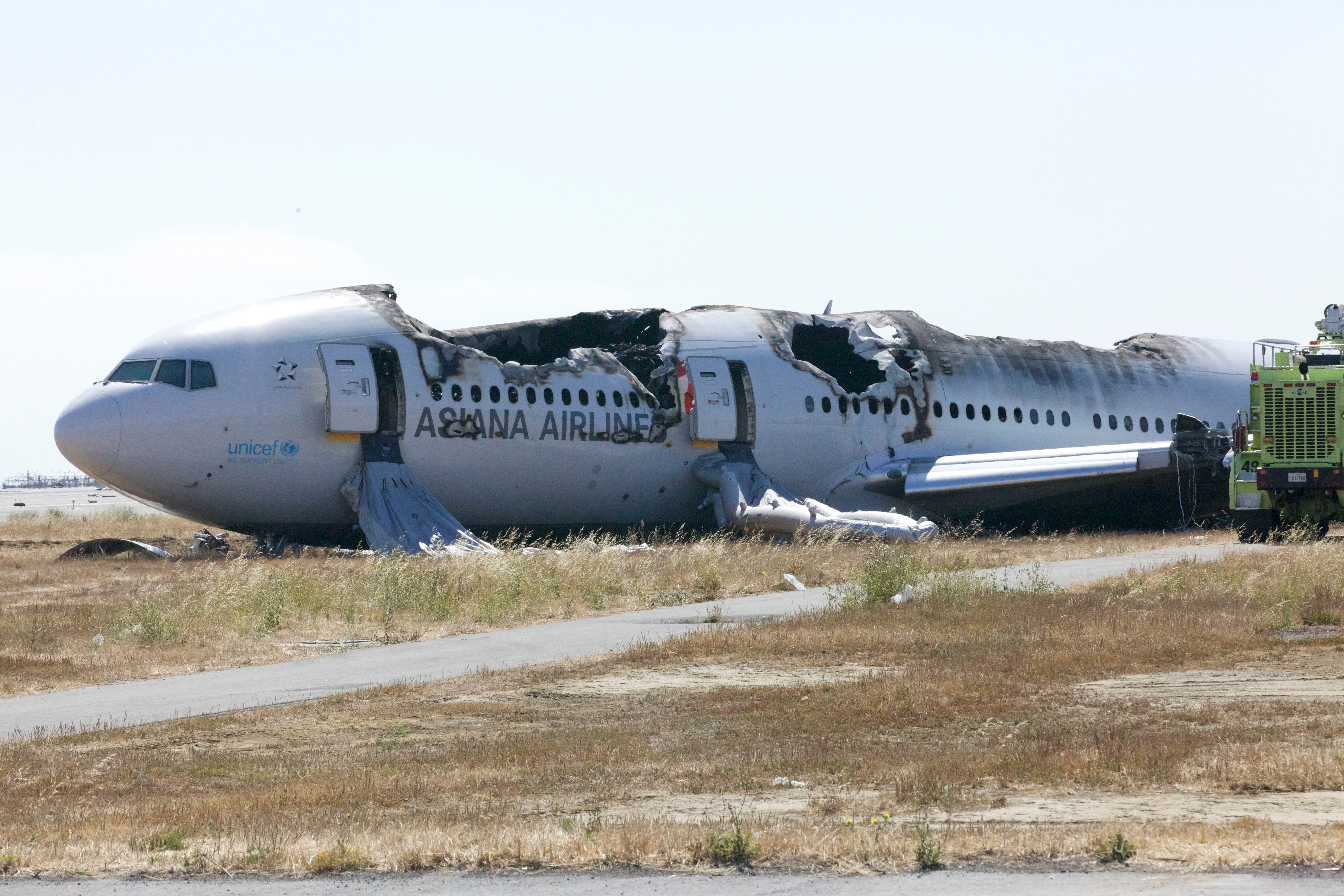Summary
- Air crash investigations involve numerous parties, including airlines, regulatory agencies, forensic labs, and governments, to find root causes and contributing factors of accidents.
- The investigation process consists of collecting evidence, analyzing and investigating, and documenting and reporting, which can take several years.
- Investigations follow the process outlined by the International Civil Aviation Organization (ICAO), and involve government organizations, aircraft manufacturers, and other countries based on their interest and expertise.
Air crash investigation is a long and complex process that involves numerous parties, including airlines, aviation regulatory agencies, forensic labs, governments, and more. In the aftermath of an accident, a lot of work goes into finding root causes and contributing factors involved in the accident. Within hours after the crash, investigation teams are dispatched on the scene to collect evidences and information related to the incident.
The investigation process comprise three major phases: collection of evidence, analysis and investigation, and documentation and reporting. Depending on the type and extent of the accident, the team collects images, videos, interviews from those involved or witnesses.
Apart from valuable data, they also secure important artifacts from the crash site to aid in the investigation. A comprehensive analysis is carried out and documented before the final report is released. Gathering evidences, piecing information, and reporting can take several years.
This article dives deeper into what does a typical air crash investigation entail. It is noteworthy that the sequence of some events may vary depending on the type of accident.
Who investigates an air crash?
An air crash is a disaster on so many levels. Where lives have been lost, families are left grieving. Airlines’ reputations are tarnished, safety protocols of entire nations can be called into question, and even aircraft manufacturers can be implicated. While a very rare occurrence, every air crash must be thoroughly investigated to prevent a similar catastrophe from happening.
All air accident investigations follow the process that is laid out by the International Civil Aviation Organization (ICAO). Specifically, these processes are laid out in Annex 13 of the Convention on International Civil Aviation, also known as the Chicago Convention.
Involved in the investigation will be the government organization in the country where the accident happened. They have the option to call in help from other countries, too, if they feel they don’t have the right tools and knowledge to carry out the investigation.
As well as this, the country where the aircraft was manufactured as well as the country of the aircraft’s registration will be involved. This is why, in cases involving Boeing aircraft, for example, the Federal Aviation Administration (FAA) will be called in to help.
Other countries can elect to be involved in the investigation based on special interest. For example, in the case of Ukraine International Airlines flight PS752, the large number of Canadians onboard meant that Canada was heavily involved in the investigative process.
Get the latest aviation news straight to your inbox: Sign up for our newsletters today.
What happens in the investigation?
As soon as the world discovers that an air crash has occurred, investigators will mobilize to begin their study of the incident. Initially, an investigator-in-charge will ensure it is safe for other investigators to visit the wreckage. This includes ensuring there is no hazardous cargo, toxic material, sharp objects or pressurized equipment on site.
Investigators will then visit the scene to take photographs and video assessments of the site. They will collect as much physical evidence as they can, as well as undertaking interviews with eyewitnesses. Using the wreckage as clues, they will chart the way the aircraft hit the ground, using the distribution of debris to indicate the angle of impact.
As much of the plane as possible will be salvaged and reassembled in somewhere like a hangar. This helps investigators to determine what happened, and to see which pieces are still missing.
A key priority in these early stages is to retrieve the plane’s ‘black boxes.’ Two such devices are installed in all commercial aircraft – a cockpit voice recorder and a flight data recorder. The former, as you might expect, records conversations in the cockpit, including air traffic controllers, while the latter stores information on the flight such as altitude, flight control inputs and instrument readings.
The technical investigation
While crash site investigators are busy collecting information, other groups are brought in to look at the technical aspects of the crash. These specialists may disassemble parts of the plane, such as engines or other components, and may use flight simulators to recreate the moments leading up to the crash.
They will also review the evidence surrounding the accident, such as crew experience and training, the aircraft maintenance records and external factors such as the weather. They will interview any survivors and individuals involved in the rescue operation. At the same time, forensic and medical experts will analyze the victim’s remains to test for drugs, alcohol and other influencing factors.
In some cases, where air crashes are particularly high profile, public hearings will take place to disseminate the findings of the investigation. This helps to ensure full transparency and the public’s understanding of what is taking place.
Drawing conclusions
Within 30 days of the crash, the investigating team must release their preliminary report. Sometimes the final report can take a year or more to produce, depending on how complex the issues surrounding the crash were.
Interested in similar technical content? Check out our complete guides section.
This final report should identify what did and didn’t happen, how it contributed to the crash and what influencing factors are involved. In complex situations where the report takes more than a year to produce, investigators must release an update on the anniversary of the crash, detailing what progress has been made to date.
Even before the final report is released, investigators can make recommendations for improvements to safety. For example, when Lion Air’s 737 MAX crashed, it was rapidly identified that a software fix was required. Boeing was working on this when the Ethiopian Airlines crash occurred.
The final outcome will inform the public of what happened, will outline all safety recommendations from the investigation, and will mark the conclusion of the investigation. These reports are aimed at improving the safety of flying, rather than finding someone to blame.
What are your thoughts on the steps required in an air crash investigation? Tell us in the comments section.

